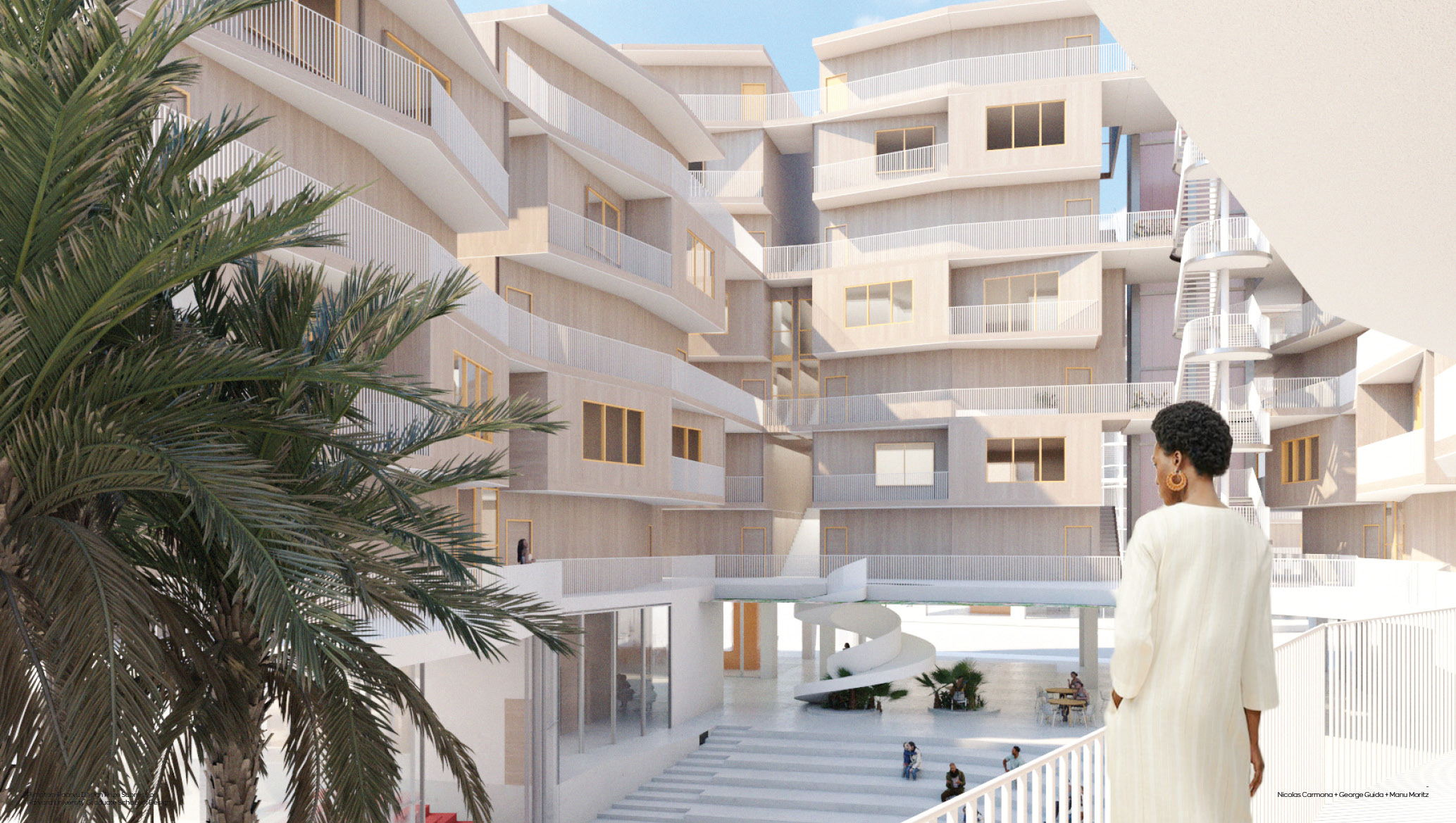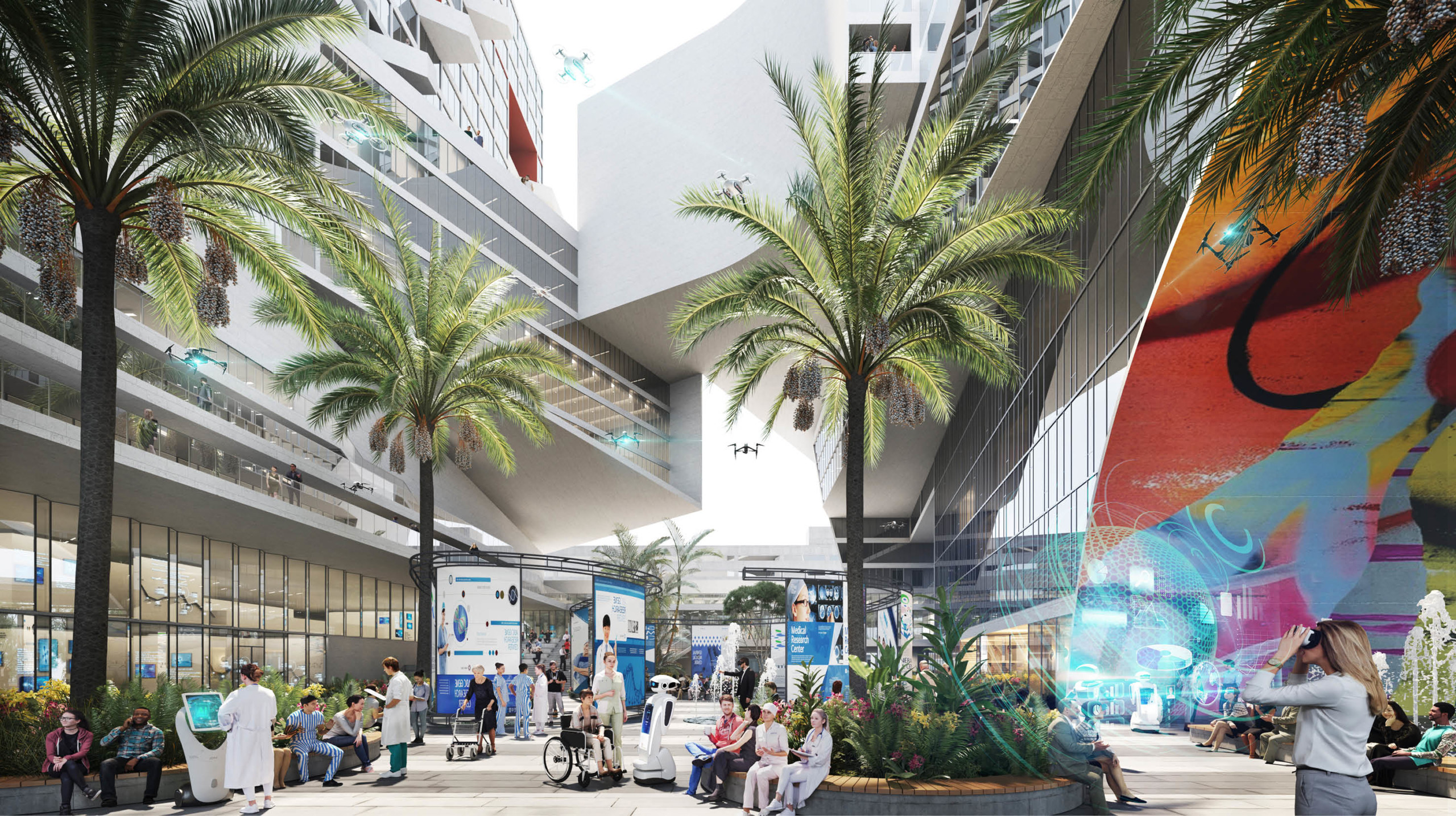Miami Remix
Miami Remix will expand on emerging housing typologies as part of a larger urban design agenda as we take on Miami’s most urgent crises: equitable housing and climate change. Despite being in a near-constant state of crisis management further compounded by the global pandemic, Miami remains one of America’s most vibrant international cities. Preserving this vibrancy in the face of inevitable sea level rise and diminishing affordability requires a call to action to redefine and re-design how one will live in a future Miami.
Appropriating the concept of a “Remix” – the re-working of an original to create something new – this studio will explore progressive housing models for a mix of incomes, scales, and Domestic+ hybrid programs, from the single-family home to a multi-building district. Miami, already a mash-up of socio-economic and architectural extremes, is well-suited to explore alternative housing types including co-living, co-housing, micro-units, granny flats, ADUs, etc. Typologies which enable social mixing for immigrants, low-income residents, families, multi-generational households, digital nomads, and others will be deployed with the urban endgame of producing an inventive system of housing infrastructures to create a more resilient city.
The third and final Miami option studio funded by the Knight Foundation, the geographic focus will be Miami’s mid-section: the neighborhoods of Allapattah, Liberty City, and Brownsville. Predominantly Hispanic and black communities, these neighborhoods contain a significant concentration of affordable housing, much in neglect and nearing the end of its useful life. Given the relatively large amount of publicly-owned land and jurisdictional complexity, these neighborhoods are primed for testing novel housing prototypes on parcels which include small vacant lots, dilapidated public housing sites, and larger industrial areas.
This studio will develop a network of negotiated and reciprocal proposals. Given the proximity of the adjacent districts and sites chosen, these projects will operate as an interdependent urban lattice – each a part to whole – affected by and giving agency to each distinct site. The students will set up the parameters for this studio-wide negotiation by creating an urban design framework at the beginning of the semester. This will provide a conceptual map to guide architectural projects that will include new housing types, hybridized urban/domestic programs, and site/building strategies to address Miami’s urgent need for equitable and resilient housing.
Work from the studio will be published in a GSD-produced Studio Report/Booklet and will be distributed and presented in Miami. We will organize a series of talks on relevant issues with experts from across the design disciplines from the GSD, Miami, and other cities.
Projects
-

2022 Plimpton-Poorvu Design Prize, Second Prize: “Miami Gateway”
Elizabeth Whittaker and Corey Zehngebot, Instructors
Fall 2021
-

2022 Plimpton-Poorvu Design Prize, Third Prize: “Urban Health Catalyst”
Elizabeth Whittaker and Corey Zehngebot, Instructors
Fall 2021